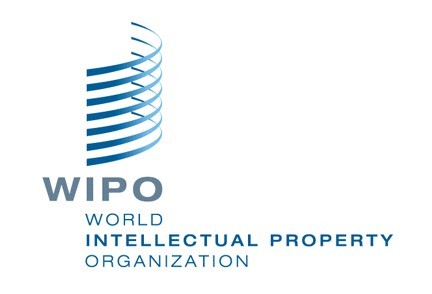Study on misappropriation of signs
WIPO/M. Senftleben, Study on misappropriation of signs, CDIP/9/INF/5 ANNEX.
 Deze studie verkent het begrip "publiek domein" in het merkenrecht. Hierin worden de huidige juridische constructies om bepaald merkgebruik toe te staan gepresenteerd. Er is een zes pagina's tellende executive summary. Waarin onder andere staat:
Deze studie verkent het begrip "publiek domein" in het merkenrecht. Hierin worden de huidige juridische constructies om bepaald merkgebruik toe te staan gepresenteerd. Er is een zes pagina's tellende executive summary. Waarin onder andere staat:
Trademark law offers different legal instruments to keep signs and certain forms of use free.
Firstly, signs may be kept free by generally excluding them from registration and protection as trademarks, for instance, on the grounds that the sign is contrary to morality or public order, that it is not visually perceptible or incapable of graphical representation, or that the grant of trademark protection would amount to awarding exclusive rights to the product itself rather than protecting a source identifier attached to the product. Exclusions of this kind have an absolute effect in the sense that the acquisition of trademark rights is generally impossible, even if the sign concerned is inherently distinctive or has acquired distinctive character as a result of use in trade.
Secondly, signs incapable of satisfying the basic protection requirement of distinctiveness remain free of trademark rights. This second legal instrument has a less absolute effect, because the required distinctiveness may be obtained through use of the sign in the course of trade. The obstacle to trademark registration and protection resulting from the requirement of distinctiveness can thus be overcome by marketing efforts presenting the sign concerned as a reference to one particular commercial origin to the consuming public.
Thirdly, it is to be considered that the grant of trademark protection does not give the trademark owner general control over the use of the protected sign. Exclusive trademark rights are limited in several respects, particularly to use in the course of trade, use as a trademark and use that is likely to confuse consumers, dilute the distinctiveness or reputation of the trademark, or take unfair advantage of the trademark. Even in the case of protection as a trademark, forms of use falling outside these protected areas remain free. These inherent limits of trademark rights may become particularly relevant with regard to use for private, religious, cultural, educational or political purposes.
Fourthly, specific exceptions to trademark rights may be adopted at the national level to exempt certain forms of use that are deemed particularly important to satisfy domestic social, cultural or economic needs. These exceptions must remain limited, and must take account of the legitimate interests of the trademark owner and third parties, such as consumers.
Lees de volledige 295 pagina's tellende ANNEX hier.





















































































